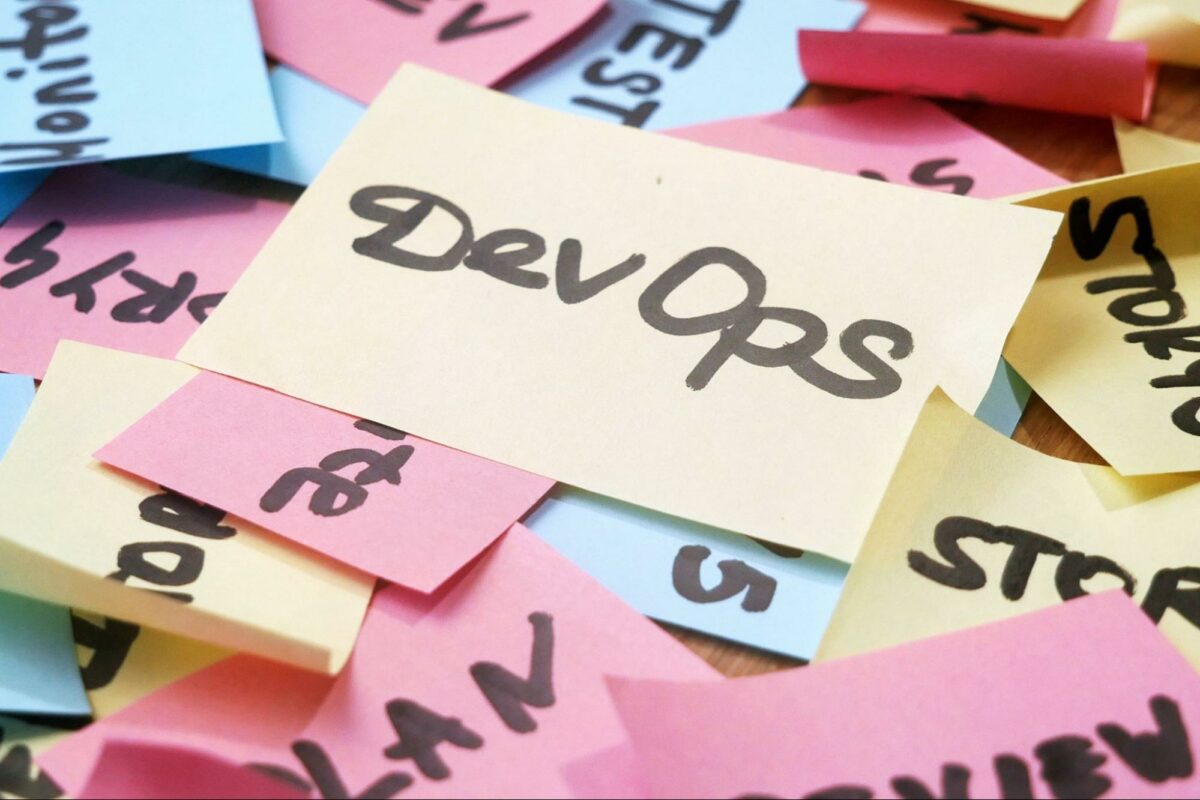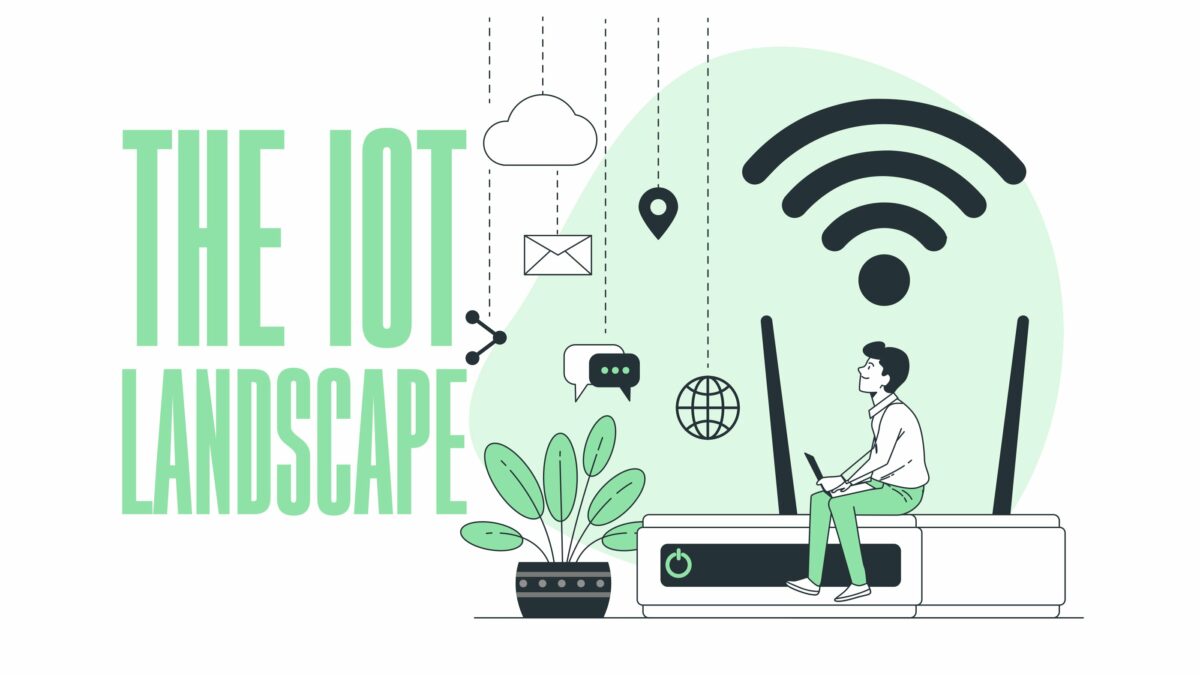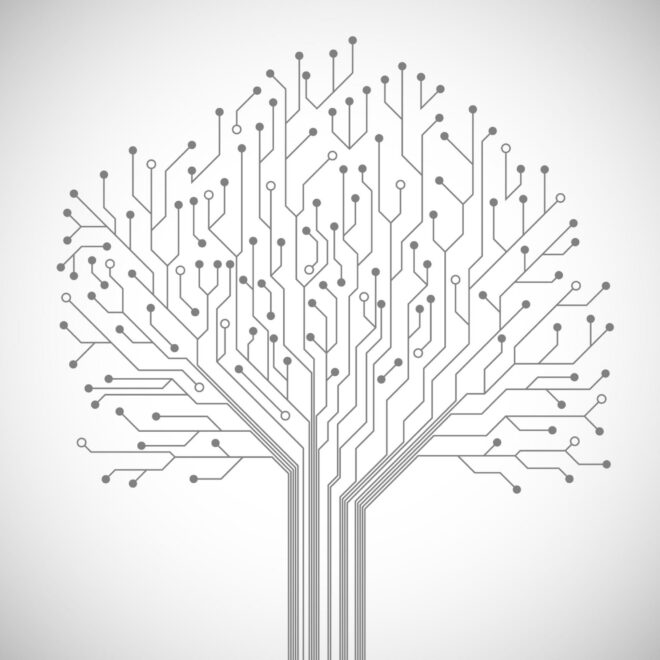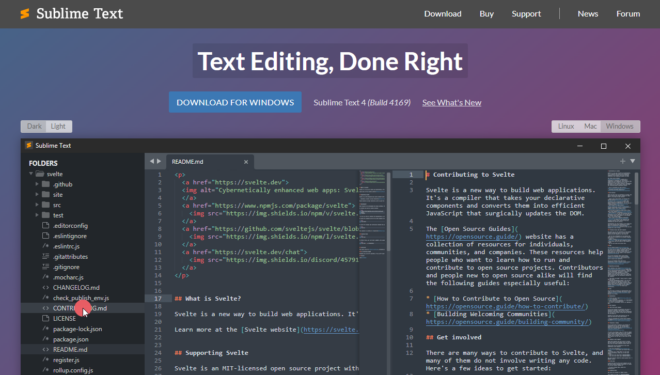With hundreds of coding languages in existence and the number continuously rising, modern software development is a challenging subject to tackle. However, there is a way to make it more understandable by considering the role of DevOps in the entire development lifecycle.
That’s exactly what this article covers, all while offering insights into best practices for seamless deployment in DevOps.
Let’s take a closer look.
NEW Developer Nation survey is live! Participate, shape the trends in software development, and win big. Start here!
Understanding DevOps

A simple way to understand what DevOps means is to look at the previous way in which development processes were structured. In the past, developers would work on a project and then send it to the operations team for feedback and testing. Plus, it’s important to use team calendar software to facilitate coordination, ensuring seamless collaboration between development and operations teams.
While the operations team was doing this, the development team would move onto the next project. It was only natural that this created long delays in the development and testing process and that’s where DevOps came into existence.
Instead of separating development and operations, DevOps brings the two together in one infinity loop that helps streamline processes. In general, it starts with the development team planning, coding, building, and testing, and the ops team deploying, operating, and monitoring.
So, what does this mean for software development teams? DevOps practices in such environments are absolutely indispensable. They help with some of the following aspects, among many others:
- Collaboration
- Improved quality
- Cost reductions
- Faster software development
- Satisfied customers
- Reliable solutions
- Enhanced security
- Better agility
- Improved automation
- Breaks down silos
- Improves efficiency
- Increases revenue
- Greater innovation
- Seamless communication
Key Components of DevOps
Before we touch on the best practices for seamless deployment, it’s a good idea to explore some of the key components of DevOps, which are the following:
- Continuous integration (CI): The less controversial of the continuous integration/continuous delivery (CI/CD) approach, CI looks at how several developers merge code changes to a shared repository, early and often, for smooth operations. What happens next is that this information is automatically sent to a separate server, which checks if the new additions are safe to merge into the “main branch”.
- Continuous delivery (CD): Continuous delivery is the next piece of the CI/CD puzzle. Above, we mentioned that it is more controversial. Why? Because it is much harder to implement. When releasing a new feature, for example, it’s relatively easy and risk-free to do CD for stateless systems. However, the challenge arises when you want to introduce a new feature for a stateful system where you may wish to test out on a smaller sample of users first before going full out with your release.
- Automation: Automation comes into play with both CI and CD as previously manual and human-created and entered code is now being replaced with a range of important tools to streamline processes. With automation, development, testing, and deployment become that much faster and more efficient.
- Computer System Architecture: Understanding the underlying computer system architecture is crucial for effective implementation of DevOps practices. It influences how infrastructure is designed, deployed, and managed, ultimately impacting the efficiency and scalability of the development lifecycle.
Best Practices for Seamless Deployment
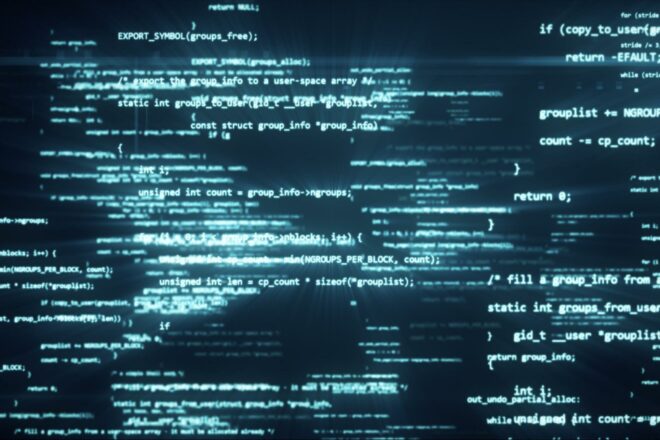
And now, we present the leading best practices that improve and streamline your deployment process.
- Automated testing: Automated testing and test-driven development in DevOps are essential in ensuring code quality and reliability. It can also offer increased test coverage and greater accuracy and precision. With automated testing, businesses and their clients can enjoy greater cost savings and better returns on their investments. This is because automated testing can detect bugs early, is a scalable process, and works as part of a feedback loop that saves time and improves time to market.
- Infrastructure as Code (IaC): IaC streamlines deployment processes and enhances scalability. This is done by helping organizations define their desired state without necessarily defining each step that needs to be taken to achieve the final outcome.
- Continuous monitoring: The significance of continuous monitoring for identifying issues and ensuring system stability cannot be overstated. It’s the only way to spot bugs before launching to market and take steps to address these issues before they manifest themselves during a more critical stage such as an end-user encountering problems with an app or one of its features.
- Deployment pipelines: A major benefit of deployment pipelines is achieving efficient and error-free deployments. This is essential because it reduces the chances of costly rollbacks and deployment failures that could cost an organization significant amounts of time, money, and other resources.
The Human Element in DevOps
None of the CI/CD and automation processes would be achieved without two fundamental soft skills that DevOps teams should possess. These are collaboration and communication.
Whatever the software environment you may be operating in, using applicant management software to clarify expectations and communicate them clearly while managing cross-team responsibilities is challenging but essential.
Without team members at your side who are willing to communicate, collaborate and stay productive, most projects would ultimately fail. That’s why the human element should never be taken too far out of the DevOps equation.
Conclusion
The key DevOps components of CI/CD and automation would not be complete without following some of the leading industry best practices.
They’re an excellent starting point for any development team that seeks to introduce efficiencies in their processes and enhance workflows.
By adopting the best practices discussed in this article, you’re on the road to seamless deployment. This can help take your DevOps workflows to the next level.
NEW Developer Nation survey is live! Participate, shape the trends in software development, and win big. Start here!
